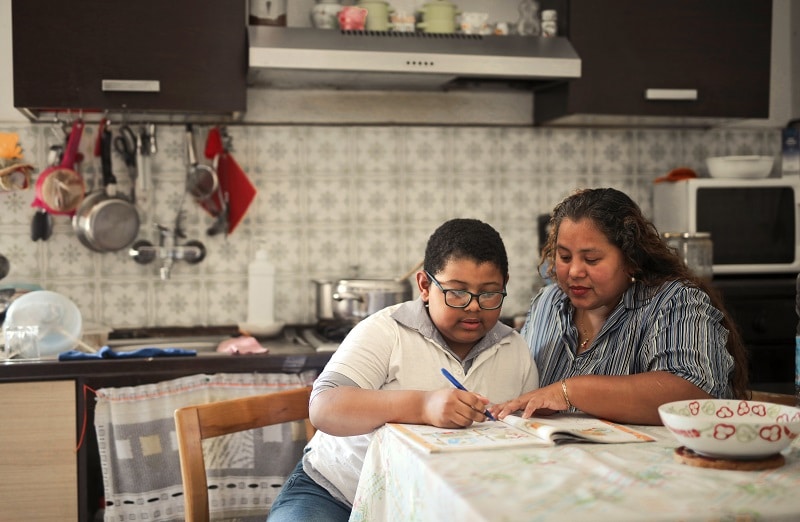When it comes to schools, parents are speaking with their actions, not just their words. Attention might be focusing on a vocal minority of families protesting. More notable are the people who are pulling their children from traditional public schools.
To meet this moment, schools need to find ways to help parents and students make progress and scrap the notion that the solution will be the same for every family. Even after almost all schools were open last fall, enrollment in public schools was down across the country.
New York City announced recently that it expects to lose another 30,000 students this school year—on top of the 9% drop in enrollment it had already experienced since the pandemic. Meanwhile, numbers enrolling in alternative schools are also up.
Public charter school enrollment increased 7% last year. Private school enrollment has risen. Homeschooling more than tripled during the pandemic and appears to have remained well above its level before the pandemic.
And 1.5 million students enrolled in microschools or learning pods last fall, according to Tyton Partners. That all adds up to a lot of students and families finding alternative options to get the schooling that meets what’s important to them.
In my new book From Reopen to Reinvent, I cite four umbrella reasons parents are switching youngsters out of public schools: to help their child overcome an obstacle, to be part of a like-minded community, to be well-rounded, and to follow the parents’ plan.
For those looking to help their child overcome an obstacle, they believe that their present school isn’t addressing their child’s specific learning needs and their child is falling behind or that their child is being bullied.
Parents seeking to be part of a like-minded community are less concerned with seeking relief from a problem or helping their child get into the best college. They want to be part of a group that thinks like them.
Those who switch schools to develop a well-rounded child are focused on social and emotional life skills and are less concerned about test scores and academics. Diversity of people, thoughts, and experiences matter to them.
Finally, those seeking to implement their plan for their child are typically focused on getting their student into a top college, so they are laser-focused on academics.
Many schools have sought to meet the challenges the pandemic brought with their traditional one-size-fits-all mentality. That’s not going to work in an era where parents have seen behind the curtains of classrooms and are demanding that schools meet their priorities.
Imagine a parent who desires that their high school prioritizes developing their child into a well-rounded individual. Yet, the school is focused on bolstering its academic reputation to increase the numbers of students it sends to Ivy League schools.
It adds SAT prep classes and pushes students to take Advanced Placement classes starting freshman year. These moves are at odds with what the parent wants.
Perhaps the school instead offers a moderate number of AP classes, focuses on its test scores, and provides a wide range of extracurricular activities. At the same time, it offers after-school sessions on mental health and an extracurricular yoga club.
Will the parent who wants a school to help develop a well-rounded child be happy? They will likely feel that the messages they care about—mental health, mindfulness, diversity, and balance—are undermined by the school’s actions with testing and college.
What about the parents who are focused primarily on a school helping them realize their plan for their child? They’ll probably wonder why their children are wasting time with mindfulness. These parents might historically have just grumbled.
Now the evidence suggests that, emboldened by the pandemic, more of them are making changes. So what are schools to do? Rather than remain stuck in the middle, schools and districts can offer distinct options.
Options can range from diverse philosophies to different school hours to meet the different parent and student expectations. Creating schools within schools, microschools, or learning pods can create sub-communities to cater to different parental priorities.
Because people shift their own priorities and evolve their views on what progress means for them as their circumstances change, educators can take advantage of this dynamic to expand important programs and ideas that can apply universally.
That means not falling back into the one-size-fits-all trap that is holding schools back from helping parents and students make the progress that matters to them.
This piece was originally published here in The New York Sun.



